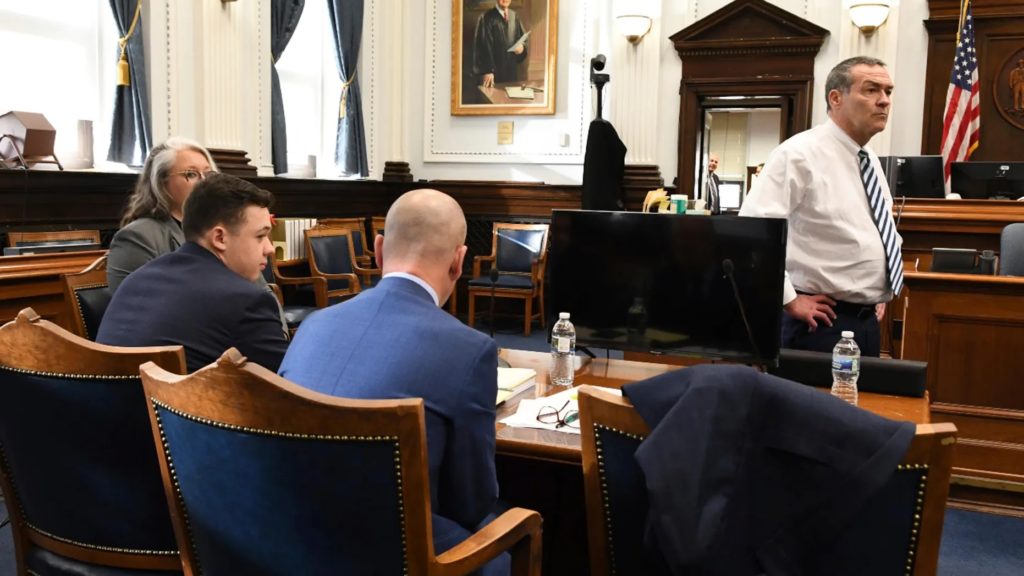
This is a guest post by Kenosha criminal defense attorney Michael Cicchini
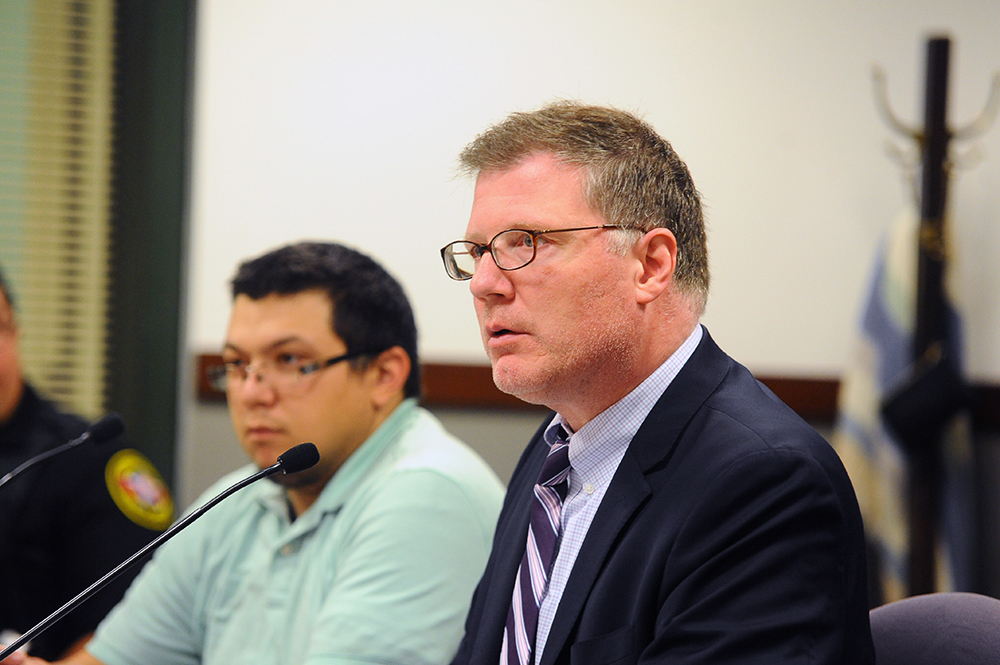
(File Photo by Kevin Mathewson, Kenosha County Eye)
In a recent article in the Guardian, an author named Michael Harriot criticized the Kyle Rittenhouse trial, including the jury’s verdict and Wisconsin’s law of self-defense. I believe his claims are rooted in common errors of fact and law.
When reading Harriot’s article, I got the same feeling I often get during the prosecutor’s closing argument in a criminal trial. Whether I’m responding to this talented writer in print or to a rhetorically skilled prosecutor in the courtroom, their claims feel “very much like landmines: they are easy to lay, but difficult and time-consuming to clean up.” Therefore, to keep this article from becoming book-length, I’ll address in detail only two of Harriot’s criticisms.
The alleged “fear of black people”
Harriot claims that Rittenhouse was acquitted, at least in part, because “white people find black protesters scary.” He similarly alleges: “[O]ne of the scariest, most dangerous situations those white jurors could imagine [is] a BLM protest.” And, in his most extreme race-based claim: “The Rittenhouse verdict is proof that it is reasonable to believe that the fear of Black people can absolve a white person of any crime.”
No, the jury’s verdict is not “proof” of any such thing. But to begin, in fairness to Harriot, he does mention in his article that the three people Rittenhouse shot, two of whom died, were white. This is better than other critics, many of whom completely ignore that fact or even falsely state that the decedents were black. Nonetheless, Harriot’s attempt to tie a white person’s shooting of three white men to race doesn’t withstand scrutiny. Rittenhouse’s actions and the jury’s verdicts had nothing to do with “fear of [b]lack people” or even of “BLM protest[ers].”

First, by the time of the shootings, legitimate BLM protests had been replaced by acts of arson, mayhem, and general lawlessness. The first person Rittenhouse shot—a white man named Rosenbaum—had threatened to kill him, chased him, and tried to take his gun. And before Rosenbaum even decided to attack Rittenhouse, he was caught on film repeatedly yelling the n-word. In short, Rosenbaum was not black, nor was he a BLM protester.
Second, the two white men that Rittenhouse subsequently shot went even further than Rosenbaum did. One pulled a gun and pointed it at Rittenhouse. The other struck Rittenhouse in the head with a skateboard and then grabbed his rifle. In an example of extreme spin-doctoring, the state’s prosecutors mocked the idea of a skateboard being a dangerous weapon. However, that term is defined by how an object is used. Wisconsin prosecutors have even won convictions on dangerous weapon-related charges when a defendant uses a pillow (conviction upheld) or even his bare hands (conviction eventually reversed). A heavy object like a skateboard, when used to strike a person in the head or neck, most certainly qualifies.
The point, of course, is that Rittenhouse didn’t fear the three men because they were black (they weren’t), or because they were BLM supporters. Rittenhouse feared these three white men, and the jury found his fear reasonable, not because of who the men were, but because they were acting aggressively and violently at that time.
The alleged white supremacy of self-defense
In a related topic, misconceptions about Wisconsin’s self-defense law are staggering. Before being fired for alleged journalistic violations when defending his brother against what he believed to be false allegations, CNN personality Chris Cuomo criticized Wisconsin’s self-defense law because, he claimed, it doesn’t incorporate the reasonable person standard. Conversely, in his article in the Guardian, Harriot claims that Wisconsin’s reasonable person standard is not only racist—“[a] white person must have come up with this,” he wrote—but actually helped Rittenhouse escape conviction.
Both are wrong. As for Chris Cuomo, Wisconsin’s law already incorporates a reasonable person standard. As for Harriot’s claim, the second part of the self-defense test, the reasonable person standard, makes it more difficult for a defendant to win a self-defense trial.
First, to prevail on self-defense, the defendant must have actually, subjectively believed certain things about the danger he was in and the force that he used to protect himself, i.e., “the defendant believed . . .” Second, the defendant’s beliefs must also have been reasonable, i.e., the test is “what a person of ordinary intelligence and prudence would have believed . . .” This second part of the self-defense standard benefits the state, not the defendant.
Without this second part of the test, i.e., the reasonable person standard, the Rittenhouse prosecutors would have been dead in the water at trial. Rittenhouse proved his personal, subjective beliefs through his own testimony and the multiple videos that showed him literally fleeing all three of his attackers. As far as what he subjectively believed, those two pieces of evidence were unimpeachable.
The only reason the prosecutors had a prayer of winning a conviction, and probably the reason the jury took longer than expected to acquit, was the reasonable-person prong of the test. The prosecutors argued several times that Rittenhouse’s beliefs about the danger he was in and the force he needed to terminate the threats against him were not reasonable. (They even went so far to argue that Rittenhouse should have just taken his beating at the hands of his white attackers.) The jury ultimately rejected the state’s position. But the state didn’t lose because a reasonable person would be “in fear of black people” or of “BLM protest[ers],” as Harriot argues. Rather, the state lost because Rittenhouse was, and a reasonable person would have been, in fear of the three white men who threatened him, chased him, grabbed for his rifle, struck him in the head with a skateboard, and pulled a pistol on him.
Harriot calls this “white reasoning,” but I have no idea what self-defense standard he would use in its place. And before proposing a new standard, any proponent should look beyond a single case that they like or don’t like, and keep in mind that the standard will apply to black defendants as well.
A smorgasbord of spin
I have to once again, and genuinely, give Harriot credit for avoiding in his article the often repeated but false claims that Jacob Blake was shot seven times “in the back,” or that he was “unarmed.” Harriot also didn’t accuse Rittenhouse, as so many others have, of “crossing state lines,” as if there is something sinister or even illegal about traveling a few miles from Antioch, Illinois to Kenosha, Wisconsin. (When I was Rittenhouse’s age, I routinely “crossed state lines” to go from Kenosha, where I lived, to Antioch, where I had a part-time job. This is the reverse of what Rittenhouse did, as he lived in Antioch but had a job, a parent, and friends in Kenosha.)
But Harriot does make other claims in his article with which I disagree or which could, I fear, be misleading. For example, his article could be read to imply a causal relationship between Kevin Mathewson’s “call to arms” and Rittenhouse’s presence in Kenosha. But the possibility of cause-and-effect has been thoroughly investigated and ruled-out. (See, e.g., here and here.) Further, witness testimony at trial revealed why Rittenhouse came to Kenosha and, in particular, to the downtown area; it had nothing to do with Mathewson.
Similarly, Harriot’s article claims that thousands of people responded to Mathewson’s “call to arms” because of their fear of black people. In reality, they responded because our city was being destroyed—some of it was literally on fire—and law enforcement and our local and state “leaders” were either unable or unwilling, for political reasons, to prevent further damage. (Ironically, the rioters’ destruction was mostly inflicted on economically poor areas, the black residents therein, and the small businesses serving those neighborhoods.)
Finally, Harriot doesn’t claim that Rittenhouse provoked the attacks by Rosenbaum, et al.; however, he does claim, in criticizing the self-defense law, that Rittenhouse could have claimed self-defense even if he had provoked the attacks. Harriot is saying, for example, that if Rittenhouse (rather than Rosenbaum) had been yelling the n-word, thus provoking three black men (rather than three white men) to attack him, he still could have argued self-defense at trial. But as explained in the provocation jury instruction, Harriot’s claim is false, or at a minimum is incomplete.
I have not addressed these last three claims in-depth, and I have not addressed other of Harriot’s claims at all. Rather, I leave you, dear reader, to keep an open mind and rationally investigate them for yourself.
About the Author
Michael Cicchini is a Kenosha criminal defense lawyer and author. His written work includes nearly forty law review articles and four books on criminal law and procedure.




























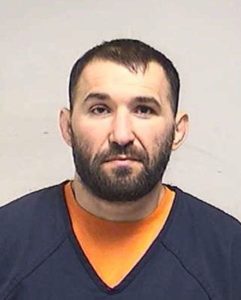
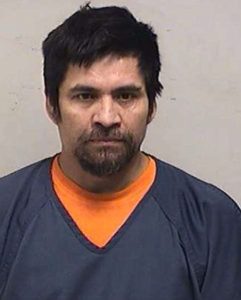
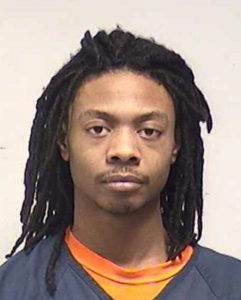


4 Responses
i would enjoy reading your decimation of the remaining claims of harriet. what you wrote so far is insightful and i appreciate you using words to help a lay person as myself to understand.
as far as kyle/race and that night in kenosha- can you just imagine what would have been said and done had he not missed jump kick man? whoa nelly. it is a shame kyle missed.
I’ve seen most of Harriot’s work – this is typical and if you critique him or post a poem on WACDL you get banned lol. :).
Why are we still giving these fucks the time of day? It serves no purpose. You’re not going to get the ideologically possessed to see their wrongs.